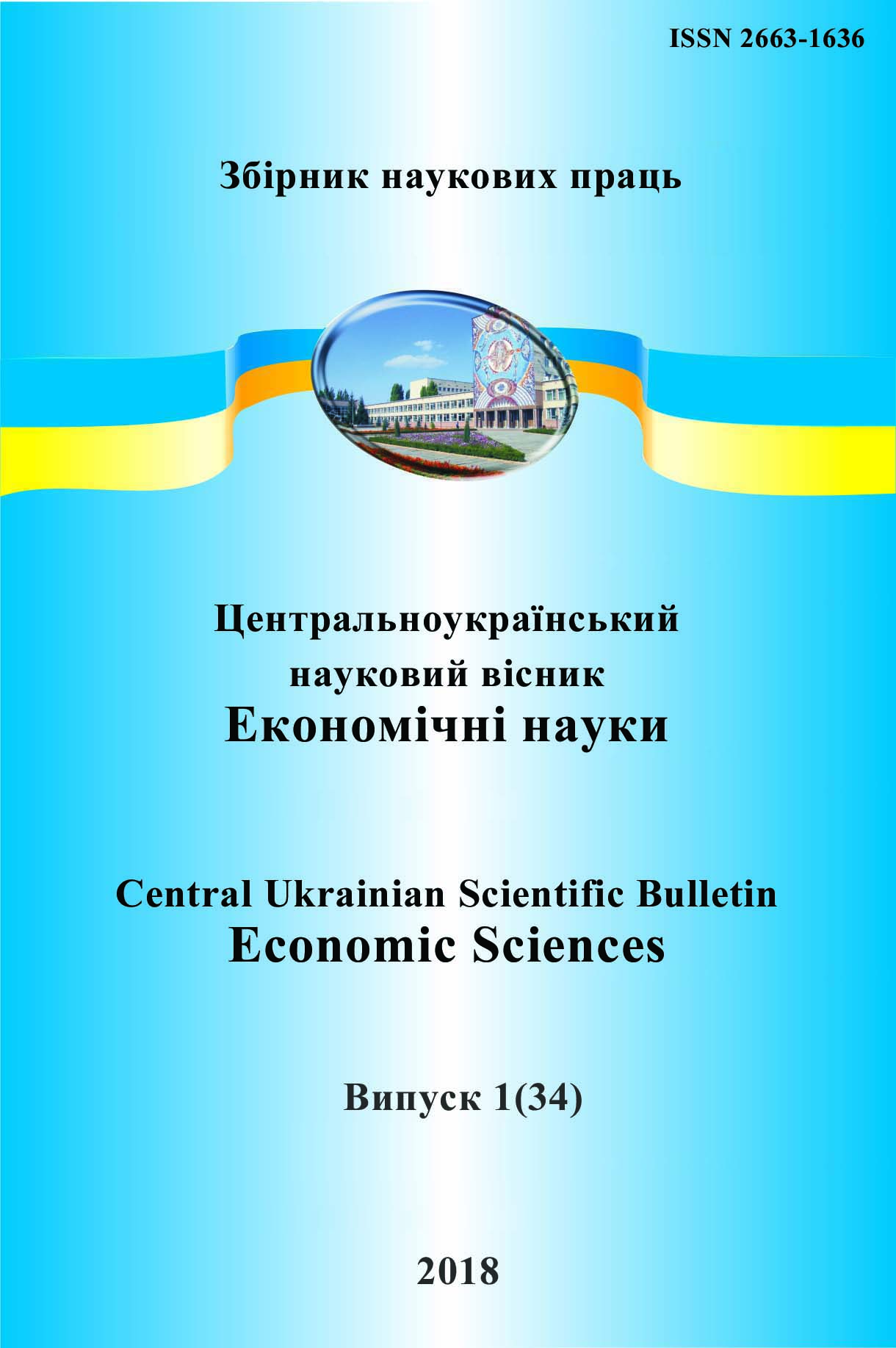Управління проектами банку в період трансформації
Project Management of the Bank in the Transformation Period
Author(s): Vladimir Gamaliy, Tetiana MuhdenkoSubject(s): Economy, Business Economy / Management, Micro-Economics, Financial Markets, ICT Information and Communications Technologies
Published by: Центральноукраїнський національний технічний університет
Keywords: project management; bank; banking system; period of transformation; Scrum
Summary/Abstract: The article deals with the management of banking projects in the transformation period. The purpose of the article is to study the characteristics of the banking system's transformational processes and to analyze the flexible methodology of management in order to improve the existing approach to project management of the bank. The article analyzes the essence of transformation. The nature of the transformational processes was examined and the main goal of transformation was established. The essence of transformation of the banking system is analyzed. In particular, it was established that transformational processes are most clearly manifested in modern trends aimed at stimulating processes of concentration and centralization of capital in the banking sector. The key factors that hinder the sustainable development of the banking system are identified. The article explains how the banking system should change in order to minimize negative impacts and ensure sustainable economic growth.Interconnection of processes of globalization and transformation is established. The changes which are taking place in the banking sector under the influence of globalization are established. Taking into account the current trends in the development of the banking system of Ukraine, it was determined that a number of activities related to the transformation of the banking system, based on such principles as global conditions of global development, national priorities, the real state of the economy and society, should be carried out. In addition, the strategic directions of restoration of a competitive and efficient banking system are revealed. The essence of project management in the conditions of transformation is analyzed. It is determined that in an unstable environment it is better to apply flexible methods of project management. Classical approaches to project management are already somewhat obsolete and do not correspond to the current level of economic development, while flexible management methods allow to respond quickly to changes in the environment. Therefore, when managing the bank's projects in the transformation period, it is necessary to apply the most flexible methods.The article analyzes the features of the Scrum application. The process of splitting the project into sprints is analyzed. The peculiarities of the project team formation were identified and the main roles of the project. The functional purpose of the Product Owner, Scrum Master and Scrum Team is defined. The essence of the main project documents is described.The organization of work on the project on the Scrum methodology was analyzed, in particular, features of conducting of daily meetings were determined. The basic directions and issues that are considered at these meetings and their appointment are established. The process of conducting retrospective meetings was analyzed. The article outlines the basic principles of Scrum: transparency, inspection, adaptation. It is determined how these principles are implemented in practice. The article substantiates the expediency of using Scrum in the management of bank projects. It was found that using Scrum project management will allow the bank to minimize the negative impact of transformation processes. The distribution of sprints helps to reduce the adverse effects of uncertainty. A model that demonstrates how project management in a bank will occur when using Scrum has been created. This model demonstrates how to combine the already existing approach to project management used in the bank and Scrum. The created model of project management will allow detailed planning of the project in line with the usual directions for the project executives, implement the workflow more efficiently and optimize the response process to changes through the use of the Scrum methodology toolkit. Whereas, the division is carried out for short periods of time, it is much easier to track the trends inherent in the implementation of the project than to predict them in the long run.Also, the article describes the main elements of the model, namely: input, output, control, mechanism. Application of this model for managing the bank's projects will reduce the level of bureaucratization of the project, more efficiently organize communication between the participants and reduce the time of implementation of the project. Scrum methodology does not require detailed risk planning at the start of the project as it is monitored throughout the life cycle of the project. Further research is advisable to focus on detailing project management with the use of Scrum, as well as possibly deepening research to analyze other peculiarities of banking activities that may have an impact on projects.
Journal: Центральноукраїнський науковий вісник. Економічні науки
- Issue Year: 2018
- Issue No: 1 (34)
- Page Range: 233-243
- Page Count: 11
- Language: Ukrainian

